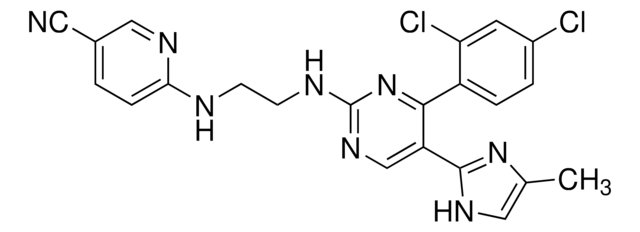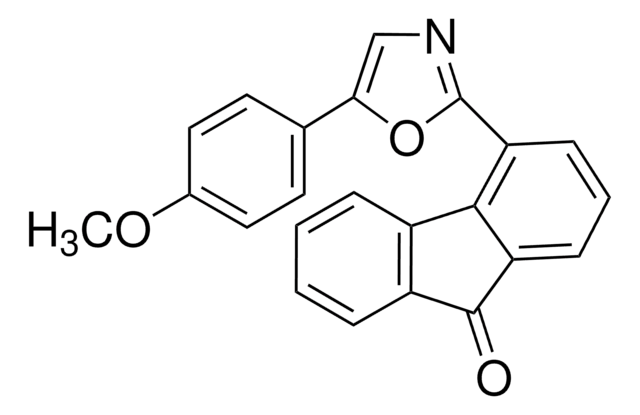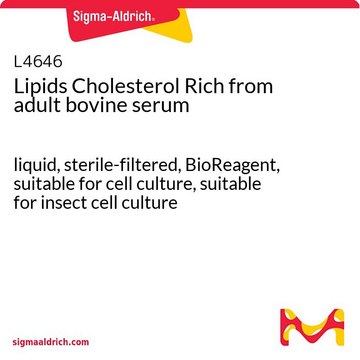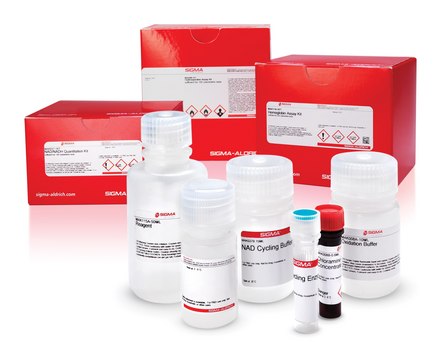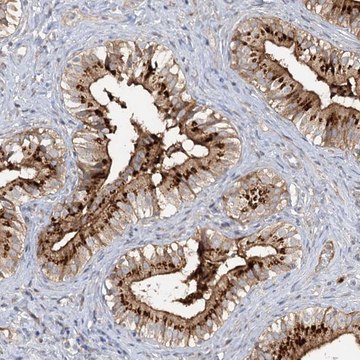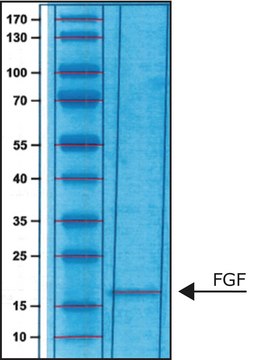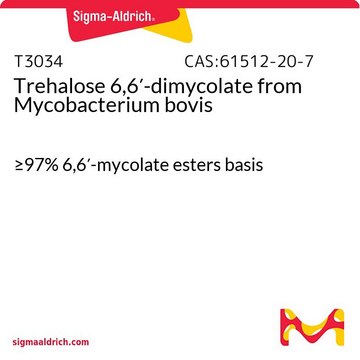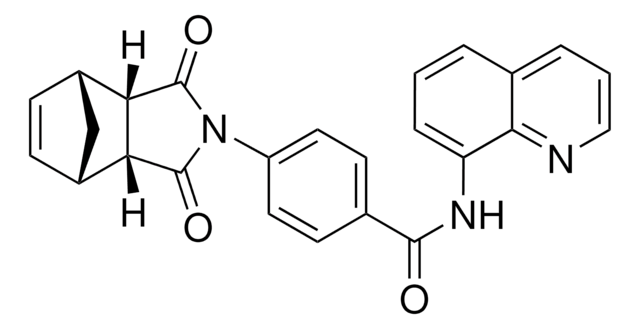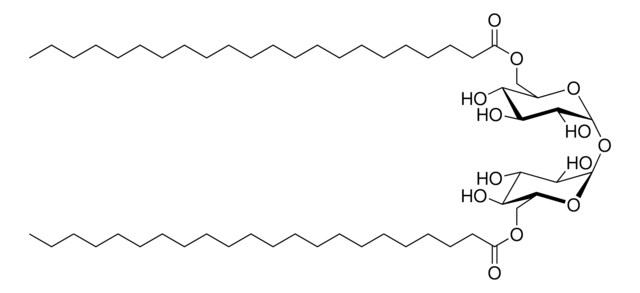RAB0540
Human FGF19 / Fibroblast Growth Factor 19 ELISA Kit
for serum, plasma, cell culture supernatants and urine
Sign Into View Organizational & Contract Pricing
All Photos(1)
About This Item
UNSPSC Code:
41116158
NACRES:
NA.32
Recommended Products
species reactivity
human
packaging
kit of 96 wells (12 strips x 8 wells)
technique(s)
ELISA: suitable
input
sample type urine
sample type plasma
sample type cell culture supernatant(s)
sample type serum
assay range
inter-assay cv: <10%
intra-assay cv: <12%
sensitivity: 30 pg/mL
detection method
colorimetric
shipped in
wet ice
storage temp.
−20°C
Gene Information
human ... FGF19(9965)
General description
This ELISA antibody pair detects human Fibroblast Growth Factor 19.
Application
For research use only. Not for use in diagnostic procedures.
Please refer to the attached General ELISA KIT Procedure (sandwich, competitive & Indirect ELISA)
Please refer to the attached General ELISA KIT Procedure (sandwich, competitive & Indirect ELISA)
Biochem/physiol Actions
Fibroblast growth factor (FGF) 19 controls bile acid, fatty acid, glucose and phosphate metabolism in target organs by activating FGF receptor 4. FGF19 regulates hepatic protein and glycogen metabolism via activation of insulin-independent endocrine pathway. In diabetic mice, FGF19 reduces the levels of serum glucose and triglycerides. Overexpression of the gene leads to the development of hepatocellular carcinoma (HCC).
Other Notes
A sample Certificate of Analysis is available for this product.
Please type the word sample in the text box provided for lot number.
Please type the word sample in the text box provided for lot number.
Kit Components Also Available Separately
Product No.
Description
SDS
Signal Word
Warning
Hazard Statements
Precautionary Statements
Hazard Classifications
Met. Corr. 1
Storage Class Code
8A - Combustible corrosive hazardous materials
Flash Point(F)
Not applicable
Flash Point(C)
Not applicable
Regulatory Information
含少量动物源组分生物产品
常规特殊物品
Choose from one of the most recent versions:
Already Own This Product?
Find documentation for the products that you have recently purchased in the Document Library.
Weihua Chen et al.
Clinical reviews in allergy & immunology, 58(1), 25-38 (2019-03-23)
Accumulation of bile acids (BAs) contributes significantly to the pathogenesis of primary biliary cholangitis (PBC). Here, we sought to systematically characterize the serum and fecal BA profiles and the linkage between BAs and gut microbiota in PBC. The serum and
Aze Wilson et al.
Scientific reports, 10(1), 1866-1866 (2020-02-07)
Bile acids are endogenous ligands of nuclear receptors pregnane X (PXR) and farnesoid X (FXR). PXR and FXR regulate pathways that are impaired in inflammatory bowel disease (IBD). Decreases in PXR and FXR activity are documented in IBD; however reasons
Meilin Wei et al.
EBioMedicine, 55, 102766-102766 (2020-05-15)
The composition of the bile acid (BA) pool is closely associated with obesity and is modified by gut microbiota. Perturbations of gut microbiota shape the BA composition, which, in turn, may alter important BA signaling and affect host metabolism. We
Kai Wang et al.
Cell reports, 26(1), 222-235 (2019-01-04)
We demonstrated the metabolic benefits of Parabacteroides distasonis (PD) on decreasing weight gain, hyperglycemia, and hepatic steatosis in ob/ob and high-fat diet (HFD)-fed mice. Treatment with live P. distasonis (LPD) dramatically altered the bile acid profile with elevated lithocholic acid (LCA)
Samer Al-Dury et al.
Scientific reports, 8(1), 6658-6658 (2018-04-29)
Pruritus is a common complication of cholestatic liver diseases. Inhibition of the ileal bile acid transporter (IBAT/ASBT) may emerge as treatment option. Our aim was to assess tolerability and effect on pruritus of the selective IBAT inhibitor A4250 in patients
Our team of scientists has experience in all areas of research including Life Science, Material Science, Chemical Synthesis, Chromatography, Analytical and many others.
Contact Technical Service